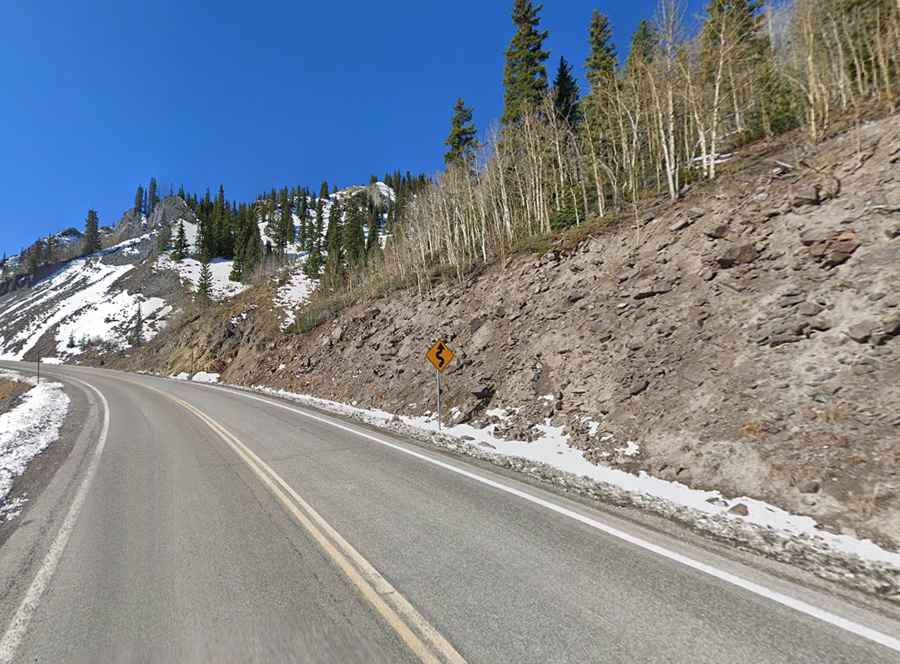San Juan Skyway travels through the San Juan Mountains
Known as the "Road to the Sky," the San Juan Skyway is one of the most scenic drives in America. Located in the southwestern part of Colorado, USA, the drive spans elevations from 6,200 feet near Cortez to 11,018 feet at Red Mountain Pass.

How long is the San Juan Skyway?
Set high on the southern edge of the San Juan Mountains, the scenic and historic road is entirely paved. It’s a loop of beautiful highway. Traversing the heart of the San Juan National Forest, Grand Mesa, Uncompahgre, and Gunnison National Forests, the road is 233 miles (375 km) long. The most challenging and rewarding part of the drive is the Million Dollar Highway, running between Silverton and Ouray.
How long does it take to drive the San Juan Skyway?
The "Road to the Sky" provides views of the mountains, quaint towns, and ancient Native American pueblo ruins. Along the route, you'll find fresh alpine forests, historic mining towns, expansive cattle ranges, and prehistoric Indian ruins. There are many overlooks with places to pull your car over. Though the full Skyway loop can be driven in about five hours, take your time, enjoy the landscapes, and spend a couple of days in towns along the route. The drive features steep cliffs, alpine forests, campgrounds, and plenty of opportunities for outdoor activities. Mountain biking, hiking, and skiing are popular pastimes in the surrounding area, and the Skyway encompasses it all. Traveling through popular mountain towns like Durango, Silverton, Telluride, and Ouray, every town, however small, has something to offer the slow-moving traveler.
Is the San Juan Skyway open?
The road is typically open all year round, with the occasional closure in winter due to dangerous weather conditions. The drive is a wonder to behold as you pass peaks that reach up to 14,000 feet. Any time of year is a good time to drive the San Juan Skyway. It simply depends on what you want to see and do. In the spring, waterfalls crash down the mountains as the snow melts from higher up. The summer brings dazzling displays of wildflowers. And in the fall, the trees put on their own show of bronze and gold leaves. If you love snow and winter sports, drive the Skyway in winter for spectacular views and great ski resorts.
Is the San Juan Skyway challenging?
Always check the weather forecast before you start your journey: adverse conditions are common as you travel through high mountain passes. Be prepared for summertime afternoon thundershowers and inquire about road conditions in winter. Many parts of the road have drop-offs that lack guardrails. The road features many switchbacks and steep sections.